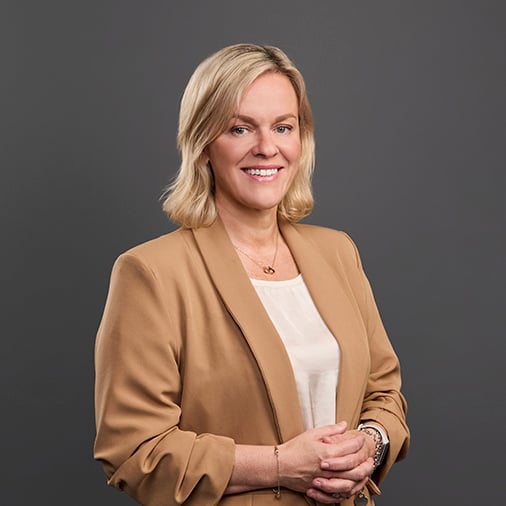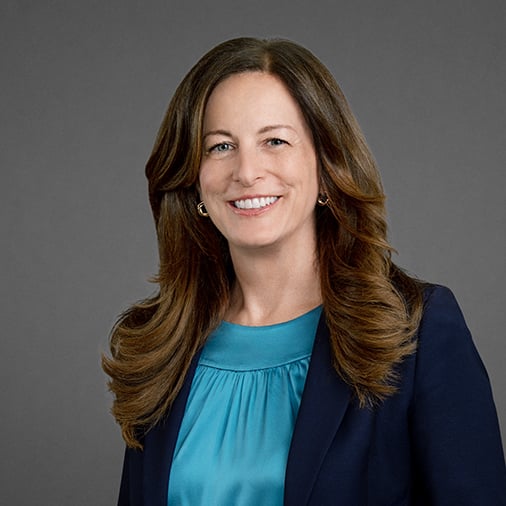
Conference of the Parties (COP) and DLA Piper
At the 1992 Earth Summit in Rio de Janeiro, the United Nations Framework Convention on Climate Change (UNFCCC) and the Convention on Biological Diversity (CBD) were opened for signature, while the summit outcome called for negotiation of the United Nations Convention to Combat Desertification (UNCCD).
The Conferences of the Parties (COPs) to these three Rio Conventions serve as the main decision-making forums for setting global environmental and nature policy and addressing climate-related issues. These Conferences have initiated regulatory shifts, shaped supply chain risks, guided financial flows, and influenced global markets and investment trends.
- Negotiations at the UNFCCC COP – or the Climate COP – aim to drive international climate action, shape policies related to reducing greenhouse gas emissions, enhance adaptation efforts, and mobilise climate finance.
- Dialogues held under the CBD COP – or the Biodiversity COP – set targets for protecting ecosystems, conserving species, and ensuring the sustainable use of biodiversity.
- At the UNCCD COP – or the Desertification COP – parties discuss land degradation, sustainable land management, and actions to combat desertification, which can impact food security, ecosystem resilience, and climate change.

The road to Brazil: COP 30
The triple-COP season was a waypoint on the road to this year's landmark COP 30. The highly anticipated summit will be held in November 2025 in the Amazonian city of Belém and is likely to address both climate- and nature-related topics.
In the coming months, we will host a series of events aimed at delivering key insights and findings, helping you navigate the topics of sustainability and climate risk. Please see our resources and insights sections below for more details.
DLA Piper’s involvement
DLA Piper has been advising governments on a pro bono basis at the Climate COP since 2012, the Biodiversity COP since 2022, and the Desertification COP since 2024. In each COP, we have helped governments interpret complex legal and treaty texts and effectively navigate the negotiations.
Our recent work is as follows:
- Climate COP 26 (2021): The UK government appointed DLA Piper as their Provider of Legal Services, through which we helped bolster the country’s commitment to the UN Race to Zero Campaign. We further negotiated on behalf of a developing country.
- Climate COP 27 (2022): We advised the Egyptian Ministry of Electricity and Renewable Energy, as well as negotiated on behalf of a developing country. Our Partners spoke on panels related to sustainable ocean business and clean energy finance.
- Biodiversity COP 15 (2022): We provided legal support to the government of a Small Island Developing State, addressing key biodiversity issues. We further briefed government representatives on technical issues.
- Climate COP 28 (2023): We continued negotiation support for a developing country and a Small Island Developing State, focusing on emissions reduction and renewable energy projects. We further participated in various events and panels, where we addressed such topics as sustainability data, global plastic regulations, and financing the green energy transition.
- Climate COP 29, Biodiversity COP 16, Desertification COP 16 (2024): See summary below.
2024: A triple-COP year
We represented states in the negotiations at all three COPs in 2024, providing support in the Blue Zone (the accredited formal negotiation space managed by the UN) at the Biodiversity COP in Cali, the Climate COP in Baku, and the Desertification COP in Riyadh.
Biodiversity COP 16: The 16th Biodiversity COP largely focused on how businesses and governments would work together to implement the goals of the Global Biodiversity Framework. Our team supported Madagascar during negotiations and assisted the country's Environment Minister Max Fontaine to facilitate ministerial consultations on resource mobilization. We also provided support during the resumed COP16.2 in Rome, in which decisions around resource mobilization, a roadmap to a financial mechanism structure, and tools for implementation of the global biodiversity framework were agreed.
Climate COP 29: The 29th Climate COP resulted in a long-awaited agreement on carbon market standards, a goal of collectively designating at least USD300 billion per year to climate finance until 2035, and progress toward the realization of the Global Goal on Adaptation under the Paris Agreement. Our team supported Mauritius in the negotiations.
Desertification COP 16: The 16th Desertification COP addressed the escalating threats of desertification, land degradation, and drought and their impacts on businesses. Our team supported Madagascar in the negotiations.





.jpg?h=975&iar=0&w=2560)
